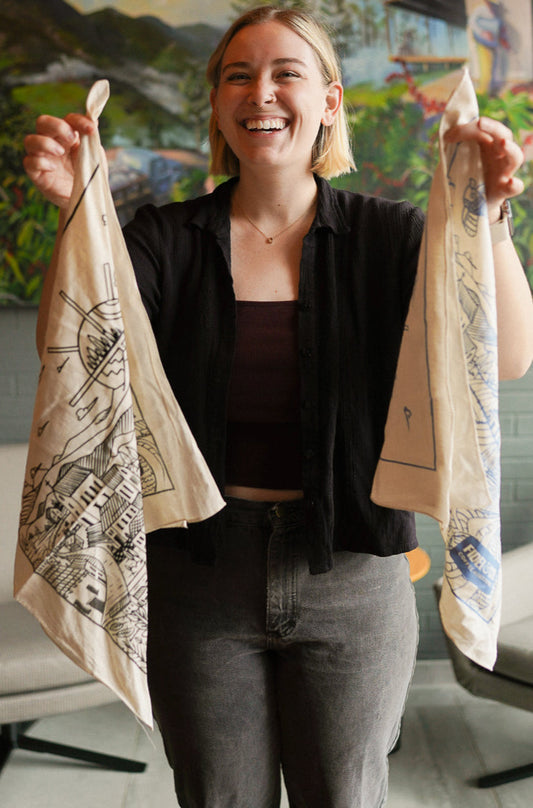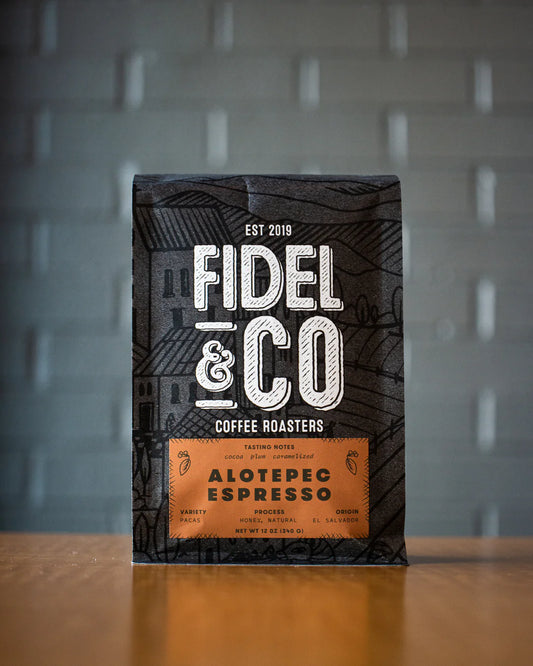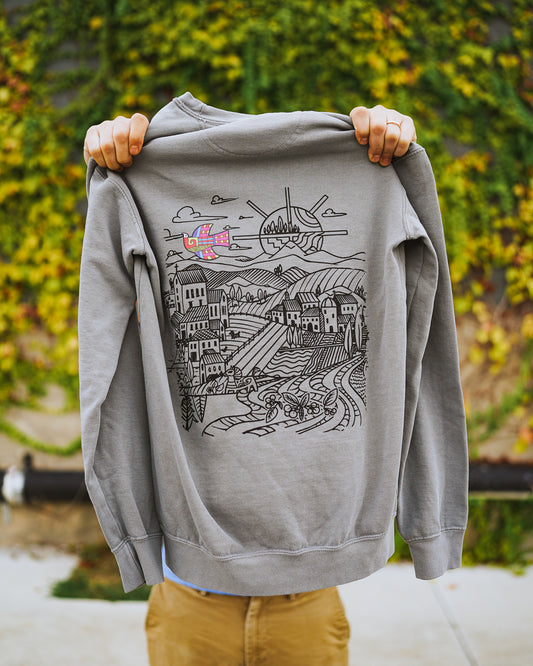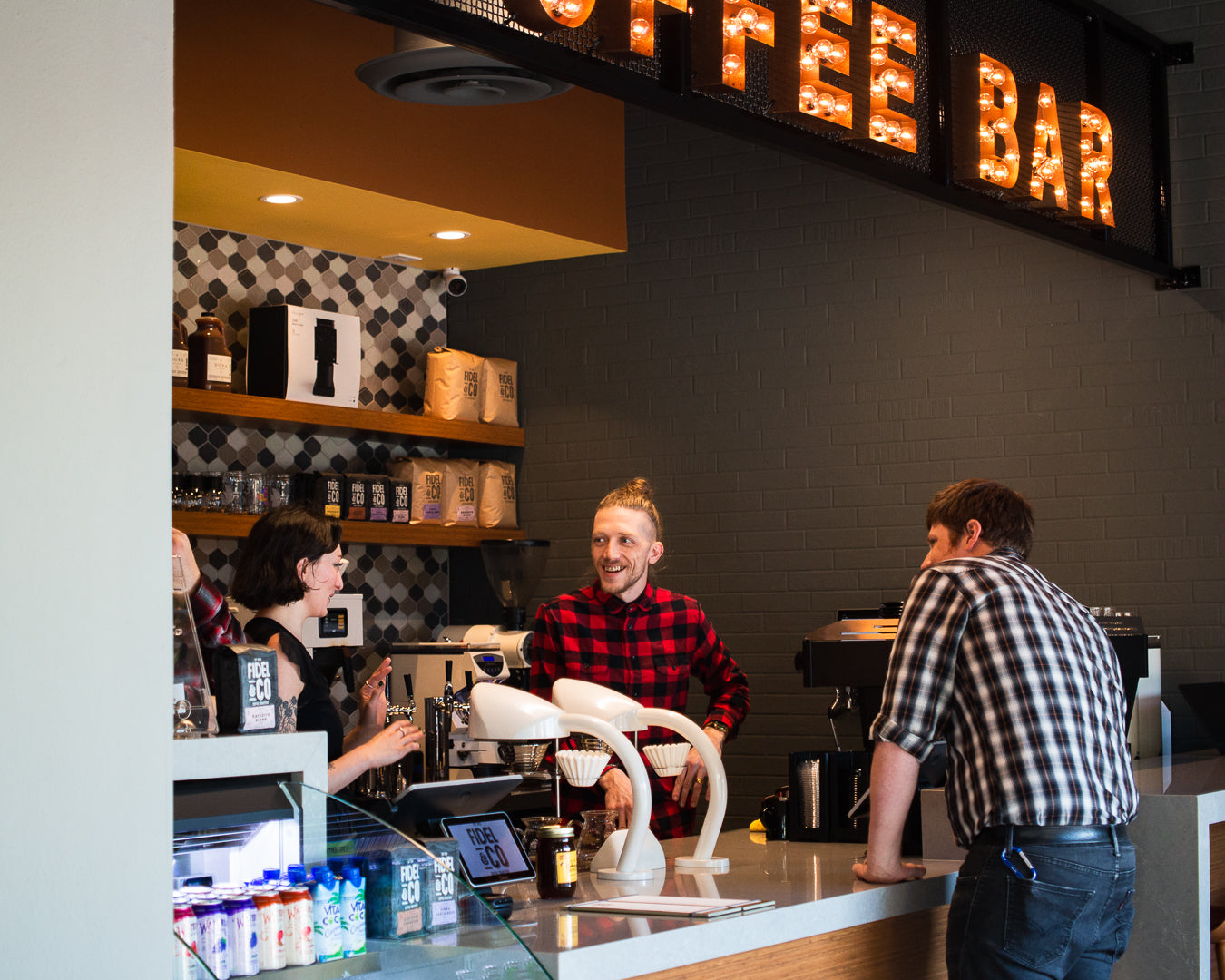Cultivating
Coffee plants are first raised in a nursery, then moved into their new growing space at the beginning of the rainy season and spaced apart to allow enough room to grow. Finca Santa Rosa, the farm that grows the coffee we serve at Fidel & Co, transplants coffee from nurseries into pine forests which create shade and make for an especially nutrient-rich soil.
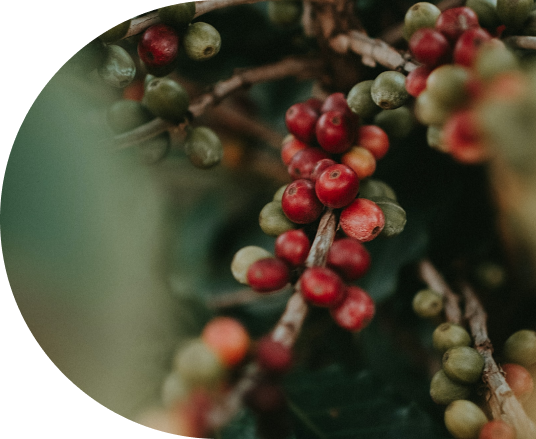
Harvesting
After about two years, coffee plants produce fruits called cherries, each of which contains two seeds. Once the cherries ripen from pale green to a deep shade of red, they are ready to be harvested. Each cherry is picked by hand, making harvesting a time- and labor-intensive task.
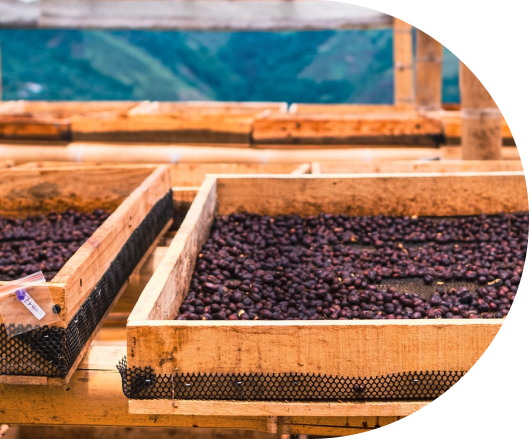
Processing
Coffee cherries need to be processed soon after picking. There are three traditional methods for processing cherries: the washed method, in which the pulp is removed from the seeds completely before the seeds are soaked in a fermentation tank to remove the parchment still on the seed, the natural method, in which cherries are spread out to dry in the sun with the fruit/parchment/seed intact, and the honey method, which is a hybrid between the washed and natural processes. Once they are processed, coffee beans are milled to remove the dried outer husk from the bean, then sorted by size, weight, and quality.
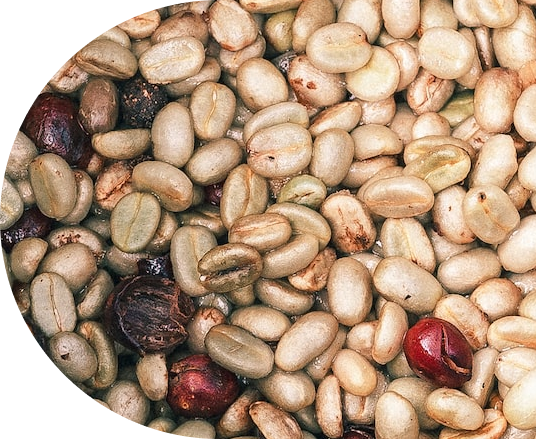
Cupping
What remains after processing, drying, milling, and sorting is called green coffee. Before roasting a whole batch of green coffee, a roaster will first roast a small portion, then grind and infuse in hot water for a sampling process known as “cupping”. Cupping allows the roaster to taste and assess the qualities in each batch of coffee, and make decisions about how to roast accordingly.
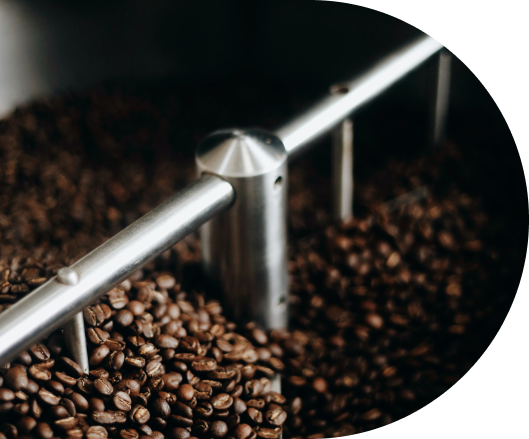
Roasting
The roaster will then roast larger batches of coffee in a machine that slowly and evenly heats the beans until they turn brown and emit the fragrant aroma we associate with coffee. The beans are then left to cool completely. After being roasted, coffee is left alone for at least 24 hours so that the can release remaining nitrogen and carbon dioxide, a process known as degassing. This process allows the coffee to extract evenly once it’s brewed.
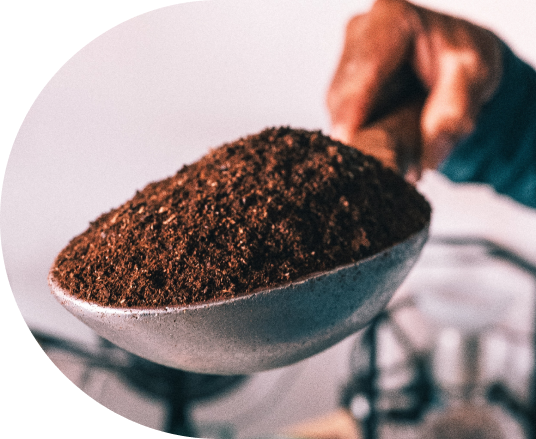
Brewing
In this final step, baristas extract coffee from ground coffee beans through one of two methods: immersion or percolation. Immersion brewing involves water and ground coffee steeping together for an extended length of time, whereas percolation entails hot water passing over and through a bed of ground coffee. The method used will depend on the equipment available, the type of coffee being brewed, as well as the personal preference of the coffee drinker.

Good coffee starts with good people
We are proud of our team and believe that our people are at the center of the quality of coffee that our guests have come to love and expect. The dream could not have become a reality without the passion, ingenuity and dedication of countless people along the way. Learn how it all started here.
Learn more about our story
